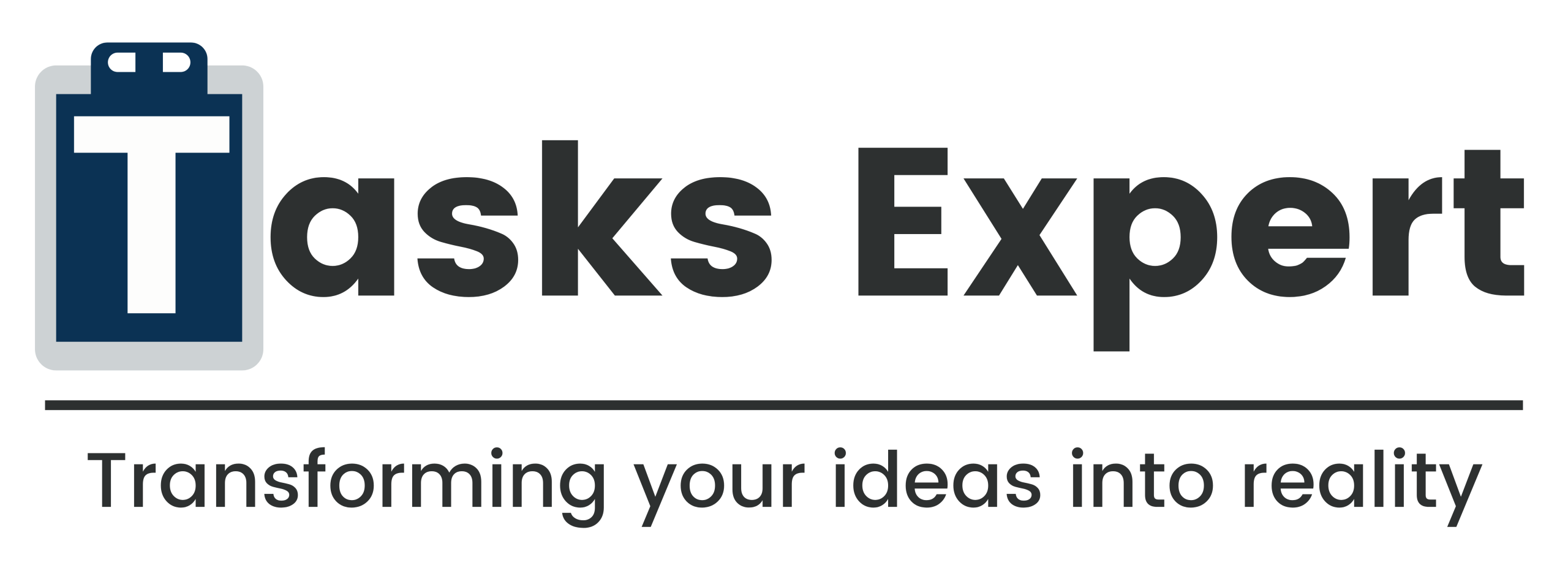Introduction
As a leader in the industry, you already know that you can’t afford to approach digital as an option when your competitors are making the investments they need to make to ensure a strong digital footprint. But just having a website or social media account won’t cut it. To truly find and keep patients, your content has to pull double duty; it not only needs to be found via search, but also needs to resonate with actual human concerns. That’s the magic of SEO medical marketing.
A patient-centered content strategy doesn’t start with a list of keywords; it starts with knowing what your patients are concerned about. Are they looking for answers to a scary new diagnosis? Need a neighborhood pro they can trust? Or perhaps they just need to hear from a trustworthy medical authority. No matter the case, your content should meet them where they are.
The best tactics start with empathy, reliable data, and measurable performance tools. This guide will show you how to create content that relies on what your patients seek and while remaining optimized for search. And when done well, it can boost your visibility, build trust, and, ultimately, help more people get the care they need.
Understand Your Audience's Health Journey
Why It Matters
Producing material that strikes a chord with patients begins by understanding life from their perspective. In healthcare-related SEO medical marketing, it is about anticipating what someone needs at each stage of their health journey. When you can answer their questions with clarity and even a bit of compassion, you’re not only helping your reader, you are also increasing your chances of ranking in search engines.
Identify Search Triggers and Language
Begin by identifying the questions and symptoms that lead people to perform online searches. Patients might type in questions such as “why am I dizzy all the time?” or “how to treat eczema at home?” Here in the early-stage searches is where you can connect. And we also need to acknowledge the language patients speak, often informal and non-clinical. This information can help in refining your content to reflect real-life wording.
Leverage keyword tools like Google Search Console, SEMrush, Google Trends, and Answer The Public. The public to see what your audience is searching. Combine this with quality data, such as patient surveys, reviews, or interviews, to get a sense of their emotional concerns, anxiety, confusion, and fear.
Map Content to Patient Journey Stages
Once you understand what your patients want, you can structure your content to meet their needs along that journey from awareness to action:

- Awareness Stage: Converse about symptoms, prevention tips, or general health issues. The types of content formats are blog posts, infographics, and explainer videos.
- Consideration Stage: Get in-depth with treatment comparisons, provider profiles, success stories, or condition-specific guides.
- Decision Stage: Provide reassurance and direction. Next steps should be clear. Feature appointment booking CTAs, insurance details, office locations, and reviews.
Align Content With Emotions and Intent
Apart from medical accuracy, your tone should be supportive and comforting. Patients at different points in the journey require different types of reassurance. Someone facing a possible cancer diagnosis needs emotional acknowledgment as much as medical evidence. And your content should speak to that.
Include headings that reflect questions patients might have, use clear, simple language, and organize information for easy scanning. This enhances readability as well as keeping your visitors occupied for longer (a big plus for SEO).
Deliver Real Value
The objective is to meet patients where they are and move them ahead with valuable, empathetic content. As your own website becomes a trusted resource that gets them and addresses their needs, you are not just improving your SEO – you are improving lives.
Learning the health journey is key to developing an effective, patient-driven SEO medical strategy. It’s a point at which empathy and strategy and optimization meet.
Also Read: Virtual Assistant Services in Rustaq
Focus on Clarity, Not Complexity

Why Simplicity Matters
When patients go online looking for medical information, they’re rushed, anxious, and overwhelmed. The idea is not to subject them to a wall of jargon or a lecture. Break down your content to make it easier to consume, more human, and much more beneficial to the people who need it most.
Best Practices for Clarity
Begin by cutting up text into more digestible and smaller chunks of content. Use:
- Simple, to-the-point headlines that reflect patient concerns.
- Bullet or number lists to list key points.
- Brief paragraphs of 2–3 sentences or less.
- Plain language to be used to replace or clarify medical terms (for example, say “high blood pressure” instead of “hypertension”).
Explain any terms the panel believes are medical in the context in which they appear. This lessens anxiety and instills faith on the part of the patient in the message you’re trying to convey. It also builds the dwell time as well which is good in the eyes of search engines.
Use a Conversational Tone
Write as if you were speaking to a patient or family member face-to-face. This approachable, friendly tone makes health information more accessible and easier to apply.
And finally readable content improves both user trust and SEO performance. Because when your content is more digestible, it’s more actionable, and that’s what leads to better results and higher engagement.
Build a Content Hub Around Key Conditions and Services

Why Content Hubs Matter
And when it comes to medical SEO marketing, topic authority and user experience are one and the same. A content hub is where all of your pages around a particular topic, treatment, or service area are centralized, all in one hub. It enables patients to quickly find the tidbits they are looking for, and sends clear signals to search engines about your expertise.
Form to Address Patient Issues
So if you’re creating content hubs, begin by focusing on your core services and the issues that patients are asking about most often. Consider: What content would a patient with that worry have to have, from identifying the symptoms to finding a provider? Hubs should provide different content formats related to the different informational and emotional requirements.
Elements of a Successful Content Hub
- Preamble page (e.g., “Living with Diabetes”).
- Frequently asked questions specifically for patients.
- Symptoms and treatment guides, with intuitive visual and plain-language explanations.
- True patient stories or testimonials that engender trust and relatability.
- Related services, blog posts, and scheduling your appointment straight to the app.
How Hubs Help SEO
Depth and structure are rewarded by search engines. Creating internal links between pages in a content hub increases crawlability and engagement. The longer users linger and browse, the more believable and trustworthy your site becomes. That helps raise rankings and visibility over time.
Good for Patients and Good for Search Engines
A successful hub smoothly moves people from interest to action. It structures the most relevant information, responds to the most urgent question they have, and provides them with assurance to take the next step in their health journey. Done properly, it will build trust and traffic.
Optimize for Local and Voice Search

Why You Need Local SEO and Voice SEO
Most patients aren’t just looking for health advice; they’re looking for care they can access right now, close to home. Local and voice searches dominate medical queries, especially for practices and providers. Optimizing for these formats helps your content appear at the exact moment someone is ready to act.
Local SEO Best Practices
Incorporate city and neighborhood-specific keywords into your page titles, meta descriptions, and content body. Instead of generic terms like “pediatrician,” use “pediatrician in Brooklyn Heights” or “urgent care in Scottsdale.”
Each location page must have:
- Proper Name, Address, Phone (NAP) What is your business name?
- Operating hours.
- Reviews and testimonials from patients.
- A map with directions and parking instructions.
Claim and optimize your Google Business Profile, and add schema markup to your listings to bring in reviews, services, and appointment links.
Voice Search Optimization
Many patients turn to voice search in emergencies. Their queries are often longer and more conversational, like “What does a skin rash mean?” or “How do I treat a sprained ankle at home?”
To capture this traffic:
- Natural question-based headlines
- Use natural, question-based heads.
- Start in the first paragraph by answering questions
- Build FAQ pages to capitalize on long-tail, voice queries
When it comes to optimizing for both local and voice search, the result is paired: You’re there when patients search in your area, and when they talk directly about what they need. It’s a great one-two punch to increase both visibility and conversion.
Also Read: Virtual Assistant Services in Salalah
Emphasize Trust and Credibility

Why Trust Drives Medical SEO
In the healthcare space, trust is not a nice-to-have; it’s everything. Google’s AI model tends to favour anything meeting its Expertise, Authoritativeness, and Trustworthiness (E-A-T) guidelines. For patients, trust is what stands between selecting your clinic or going somewhere else (or clicking on past). Which is why building trust into your content is one of the most influential things you can do to help patient engagement and SEO
Tactics to Build Trust
Begin by identifying who is behind your content. Add bio’s for contributors who have medical credentials so that people can see your advice is coming from qualified individuals. This not only builds trust for readers but also complies with Google’s recommendations for quality medical content.
Always link to reputable sources such as the CDC, Mayo Clinic, WHO, or peer-reviewed journals when referring to medical information. Frequently updated information lets users and engines know that your web page is a trustworthy source of information.
Make sure your site has secure browsing (https), especially on pages with forms or sensitive information.
Add visual trust cues like:
- Real patient testimonials.
- Verified reviews.
- Trust badges or third-party certifications.
Clean, professional design, and user-friendly layout also help in establishing a credible online experience. The patients and algorithms see how you are recognized as an authority on the site, and improving initial visibility as well as conversion rates.
Monitor Your Track Record and Improve Your Strategy
Why Measurement Matters
And the most patient-centric content strategy must be revisited regularly. In medical SEO, monitoring performance isn’t simply a matter of proving ROI; it’s about learning what’s helping patients and what isn’t. Without knowing, you run the risk of pouring time or money into content that doesn’t resonate, convert, or rank.
Key Metrics to Monitor

For the most efficient optimization, monitor a combination of SEO and user engagement measures:
- Organic traffic: Is your content being discovered by people who are searching?
- Bounce rate and session duration: Are people staying engaged or leaving quickly?
- Click–through rate (CTR): Are people clicking on your Google listings?
- Keyword rankings: Are you rising on important conditions, treatments, or services?
- Conversions: If they do, are they scheduling appointments, calling, or completing forms?
Tools such as Google Analytics, Google Search Console, and heatmap platforms (such as Hotjar or Crazy Egg) can tell you a great deal about how patients are engaging with your content
Iterate and Improve
Avoid treating content as a one-time task. Use your findings to:
- Correct any information or statistics outdated in the profile
- Further develop high-performing topics
- Optimize low-performing pages with new headlines, CTAs, or formatting.
- A/B test headlines or intro paragraphs to get higher CTR and longer dwell time
There is no such thing as static best medical SEO. They are generated based on actual behavior, patient desires and search engine trends. Frequent updating and refining makes certain that your content still educates, converts, and assists patient care.
Conclusion
SEO medical marketing is not just a technical to-do list, it is a commitment to knowing and meeting your patients at every point of their healthcare paths. When executed properly, your content acts as a bridge between a patient’s search for answers and your ability to provide trustworthy care.
A human-centered content strategy is based on empathy, education, and access. By speaking their language, addressing their concerns, and organizing your content in a way that helps them make decisions, you aren’t just helping your website show up more on search results; you’re helping the cause of someone’s health.
Everything counts, from search intent to site navigation. But the heart of the strategy is what matters most: helping people get the care they need with less friction, more clarity, and more confidence. When you approach this from an SEO perspective based on patient-first thinking, the results are doubled, growing your digital reach while developing lasting trust with the local community. That’s the strength of a well-timed, empathetic medical content strategy.
At Tasks Expert, we have a team of specialized professionals who can help you create a patient-first content strategy that boosts visibility and trust in your healthcare brand. Contact us today to leverage our expertise and grow.
About Us
Tasks Expert offers top-tier virtual assistant services from highly skilled professionals based in India. Our VAs handle a wide range of tasks, from part time personal assistant to specialized services like remote it support services, professional bookkeeping service etc. Furthermore, it helps businesses worldwide streamline operations and boost productivity.
Ready to elevate your business? Book a Call and let Tasks Expert take care of the rest.









